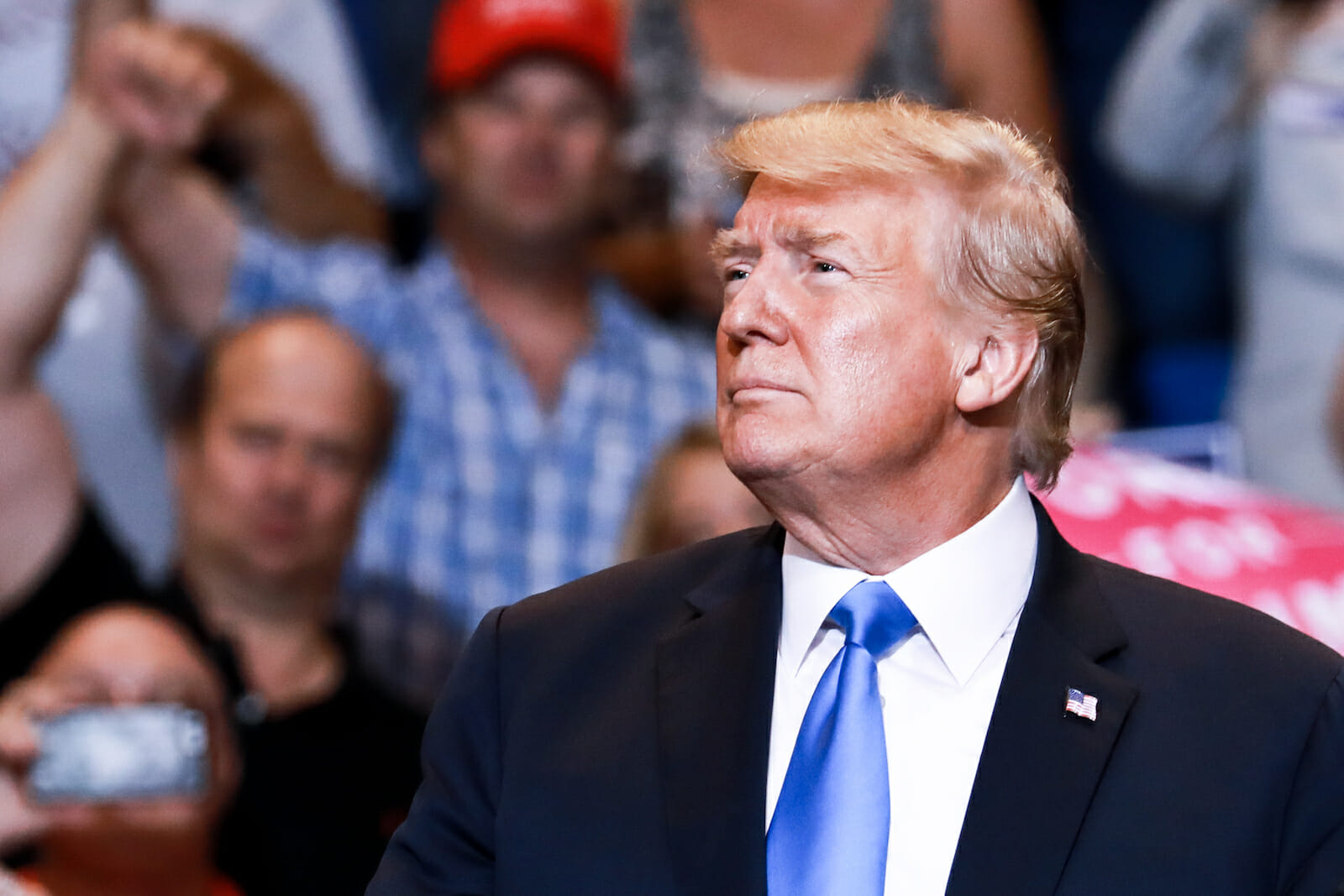
Politics
America First Is Turning Into America Last
Within days of entering office, President Donald Trump made good on one of his signature campaign promises and pulled the U.S. out of the Trans Pacific Partnership (TPP), a mammoth trade deal encompassing 12 Asian and Pacific countries making up 40% of the world economy. With the stroke of a pen he undid five years of painstaking negotiations that would have cut 18,000 tariffs on U.S. manufacturing, agricultural, automotive and other products sold to other TPP countries.
Beyond sinking hopes for free trade, the move marked a sea change in U.S. foreign policy. Obama’s effort to head off growing Chinese influence in the region by pulling its neighbors back into the U.S.’s economic orbit, would be replaced by Trump’s ‘America First’ ethos, involving a retrenchment from overseas engagement and the liberal use of tariffs to punish countries deemed to be ‘ripping off’ America with trade policies.
But a hundred days into Trump’s term, there are reasons for optimism: if Washington was seen for the better part of a century as the main force advancing free trade and economic integration, recent events show that other countries can just as easily pick up that mantle. While the President may have tempered his hardline positions on free trade – leaving the door open to the renegotiation of NAFTA rather than the outright withdrawal he had promised on the campaign trail – the TPP is one train set to leave the station with or without the U.S. on board.
Indeed, Japan has been leading the effort to resuscitate the pact, with two meetings planned in May – one in Canada and the other on the sidelines of an Asia-Pacific Economic Cooperation (APEC) meeting Vietnam – to discuss moving forward with an 11-country agreement. The thinking seems to be that even without the U.S, and the 60% of the bloc’s GDP that it represented, there are still gains to be made in terms of increased access to steadily-growing medium-sized economies like Vietnam, Chile and Peru. Also, for countries like Vietnam and Japan, for whom TPP offers a sense of security against what they see as the threat of Chinese hegemony in the region, any agreement that shores up their economic defenses is better than none.
If, for many Asian countries, China is the bogeyman from whom they wish to escape into the embrace of the U.S., in the Americas themselves, the opposite can said to be true. After years of shunning large-scale Chinese investment out of deference to Washington, Mexico looks increasingly willing to break the taboo and welcome Chinese money into its economy. Earlier this year, a Chinese oil company snapped up concessions in two deep-water oilfields in the Gulf of Mexico. And in February, a deal was signed between Mexican billionaire Carlos Slim and the Anhui Jianghuai Automobile Company to produce 40,000 SUVs per year in Hidalgo. This has come about partly as a genuine need to diversify the country’s economy, which is dependent on the U.S. market for 80% of its exports, and partly as a way of getting back at Trump for his relentless Mexico bashing. Either way, securing much-needed jobs for Mexican workers can only come as a boost to beleaguered Mexican president Peña Nieto.
Another TPP member that has flung open its doors to Chinese investment is Peru. Indeed, when the Peruvian president, Pedro Pablo Kuczynski, made his first trip abroad last year it was to Beijing rather than Washington. And in March, Peru joined the Asian Infrastructure Investment Bank, headquartered, again, in Beijing. All of which serves to cement China’s position as the Latin American country’s number one trading partner. Last year, Peru signed an agreement with the E.U. allowing its citizens 90-day visa-free access to the Schengen area. The development came after a consortium led by France’s Imprimerie Nationale and including Mexico’s Gemalto rolled out a revamped biometric passport in full compliance with European standards.
Not to be outdone, the E.U. is also picking up the spoils of Washington’s neglect toward its regional allies. Brussels and Mercosur, a five member sub-regional development bloc of South American countries with a combined GDP of $4.1 trillion, are currently at an advanced stage of negotiations on a free trade deal that would tie Europe’s market of over 500 million consumer to the bloc’s 250 million. While the usual sticking points over market access for sensitive industries like agriculture remain to be ironed out, the benefits of the deal once it passes could be substantial. It is estimated that the elimination of tariffs could be worth some €4.4 billion a year to European exporters and it could open up new markets for European steel products allowing producers to compete with their cheaper Chinese counterparts.
The picture emerging then is of countries rushing to fill the vacuum left in the wake of America’s withdrawal from world trade. And ironically, given Trump’s repeated warnings about Chinese trade practices, China looks likely to swallow up the majority of the spoils, even as other countries band together to get a seat at the table. ‘America First’ could wind up leaving America last.

